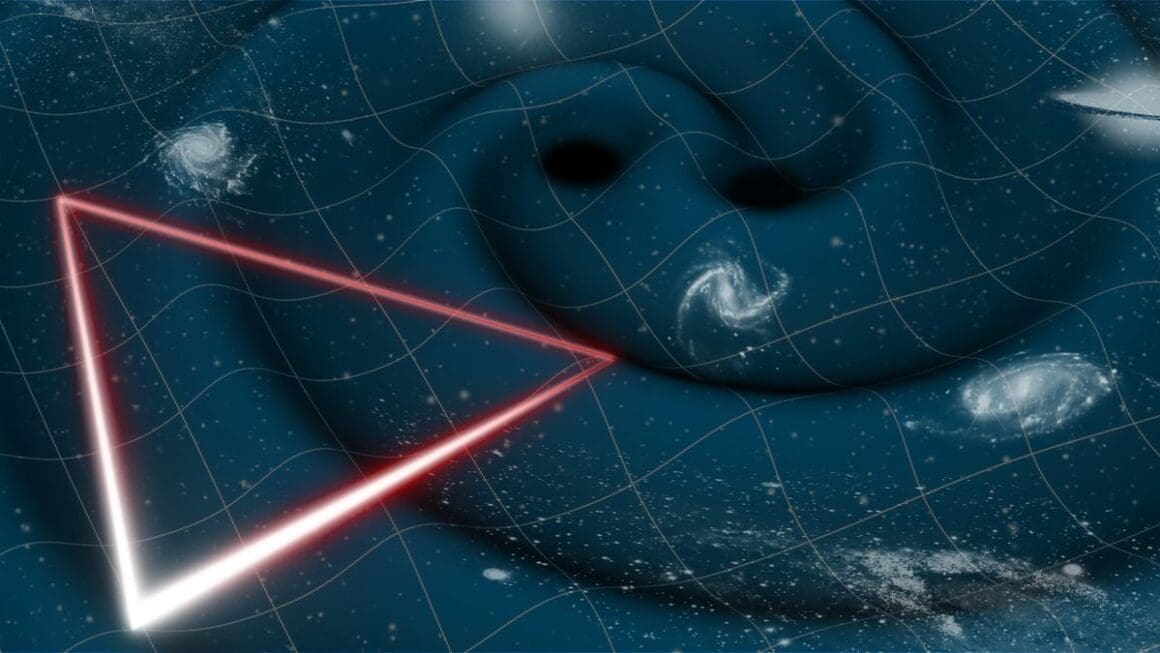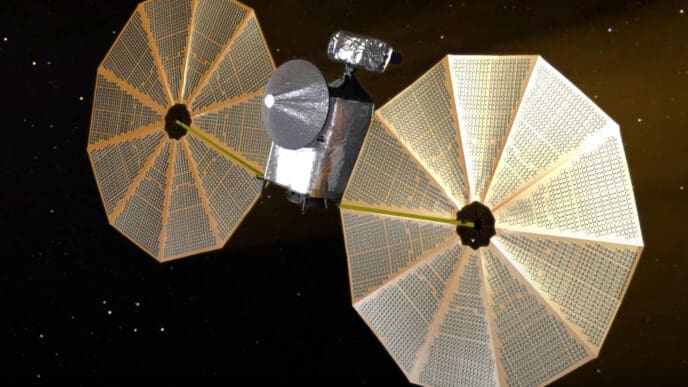A recent study offers a potential solution to Stephen Hawking’s black hole information paradox by suggesting that black holes might not be entirely inaccessible.
In 1976, Stephen Hawking introduced a groundbreaking concept that black holes, contrary to their name, emit small amounts of radiation over time, leading to a potential disappearance. This spurred a critical question in astrophysics regarding the fate of information consumed by black holes. Known as the “black hole information paradox,” it challenged scientists to understand whether the information is lost forever as the black hole vanishes.
Recent research from Caltech posits that this paradox might have a resolution through a phenomenon termed “nonviolent nonlocality.” This theory proposes that the interior of a black hole is connected to the exterior via quantum nonlocality, a concept where correlated particles share a quantum state, reminiscent of Einstein’s “spooky action at a distance.”
The essence of this theory is that these quantum connections create subtle signals in the gravitational waves emitted by black holes. These signals aren’t random but are influenced by the information trapped inside, suggesting that information could indeed escape a black hole, preserving its integrity in the surrounding space-time.
The study indicates that current gravitational wave detectors lack the sensitivity needed to detect these nonlocal quantum signatures conclusively. However, advancements in detector technology, with future models in development, may offer the capability to identify these signals, thus providing the evidence needed to back the theory.
The implications of this research are significant for understanding black hole mechanics and quantum mechanics. By creating more precise models of nonviolent nonlocality, researchers aim to predict changes in gravitational wave signals accurately, which may lead to unraveling the paradox further.
The new theory presents a promising avenue for solving the black hole information paradox, bridging a gap in our understanding of quantum mechanics and the universe.
Source: Space












